Menu
-
-
Shop Gifts By Age
- Gifts For a 0-6 Month Old
- Gifts For A 6-12 Month Old
- Gifts For A One Year Old
- Gifts For A Two Year Old
- Gifts For A Three Year Old
- Gifts For A Four Year Old
- Gifts For A Five Year Old
- Gifts For A Six Year Old
- Gifts For A Seven Year Old
- Gifts For An Eight Year Old
- Gifts For A Nine Year Old
- Gifts For A Ten Year Old
-
Shop Gifts By Budget
- New Arrivals
-
Toys
- Large Active Toys
- Animal Toys
- Arts & Crafts
- Award-Winning Toys
- Bath Toys
- Birthday Wishlists
- Building Toys
- Cars, Trains, & Trucks
- Games
- Instruments
- Loose Parts Play
- Loot Bag Toys
- Made in Canada
- Outdoor Toys
- Pretend Play
- Puzzles
- Sensory And Fidget Toys
- Sensory Bin Tools & Fillers
- STEM Toys & Activities
- Toronto-Themed Gifts
- Travel Toys
- Wooden Toys
- Waiting Room Toys & Furniture
-
Montessori Materials
- Montessori At-Home Program
-
Montessori Furniture
-
Bundles & Sales
-
Books
-
Shop By Age
-
Shop By Brand
- Brands A-F
- Brands G-L
-
Brands M-R
- MagicPlaybook
- Magna Tiles
- Make Believe Ideas
- Makedo
- Manhattan Toys
- Math for Love
- Milaniwood
- MindWare
- Mojo Toys
- Moluk
- Moulin Roty
- Native Northwest
- nic
- Nienhuis
- Ooly
- Opinel
- Ostheimer
- Papoose
- Peaceable Kingdom
- Plan Toys
- Plus-Plus
- Preschool Collection Watches and Timers
- Ravensburger Puzzles
- Real Life Pages
- Brands S-Z
-
- 866-901-4696
- Gift Registry
- Login

12 - 18 Months Montessori Box
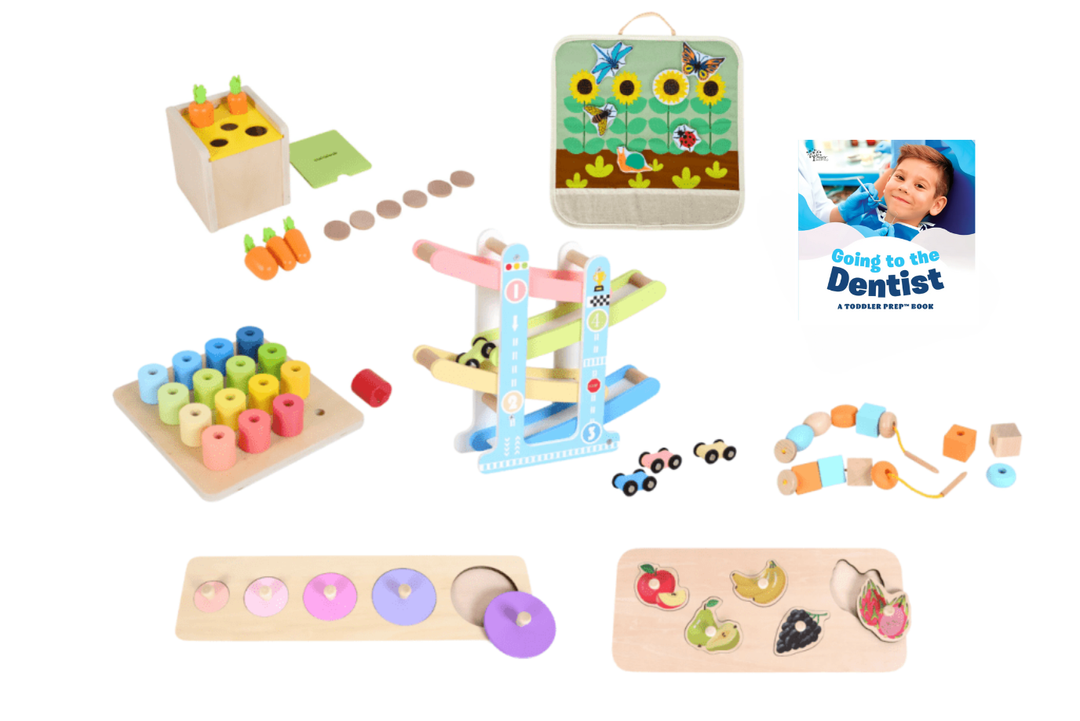
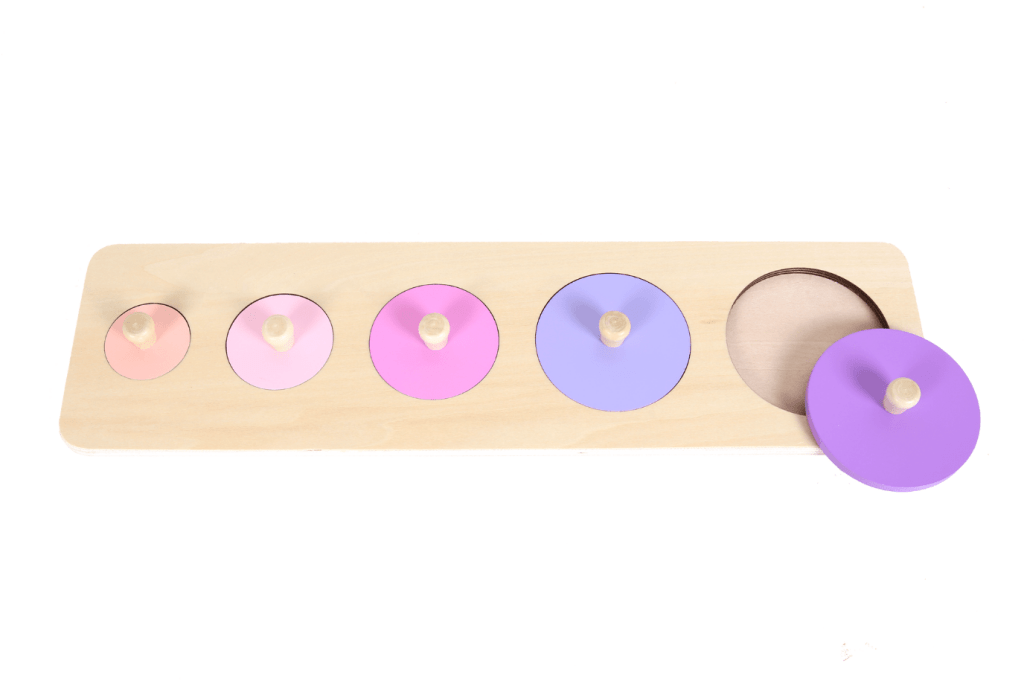
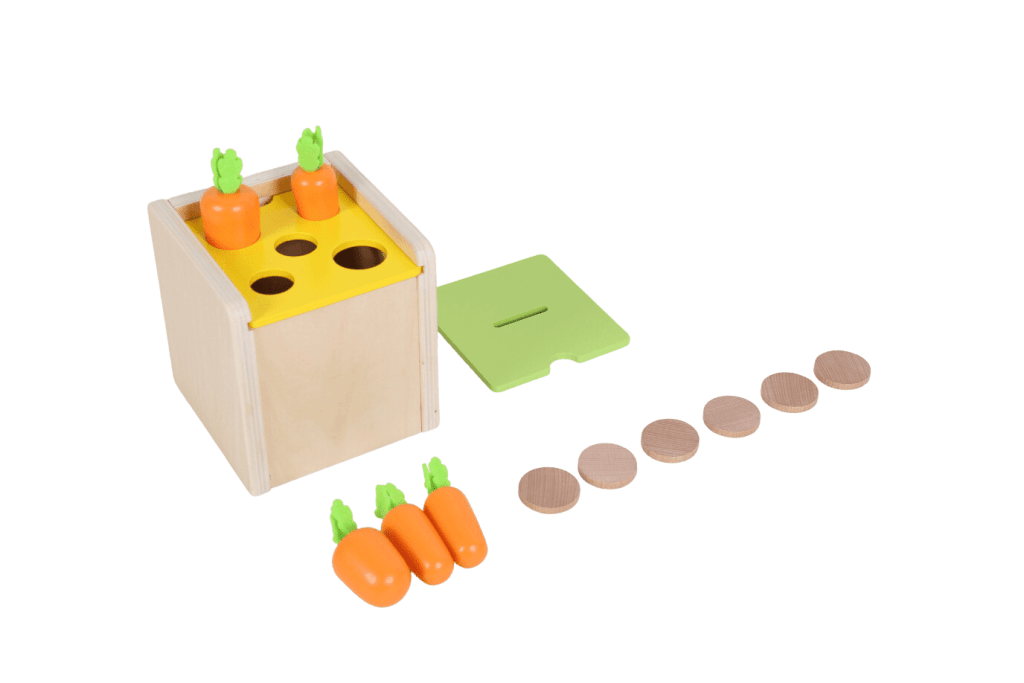
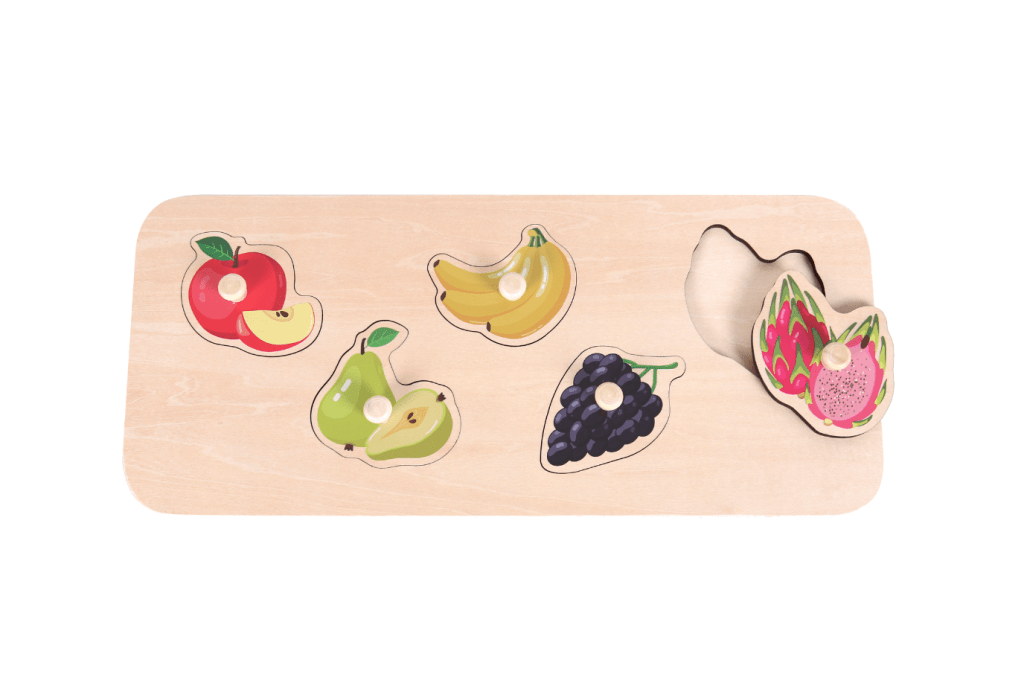
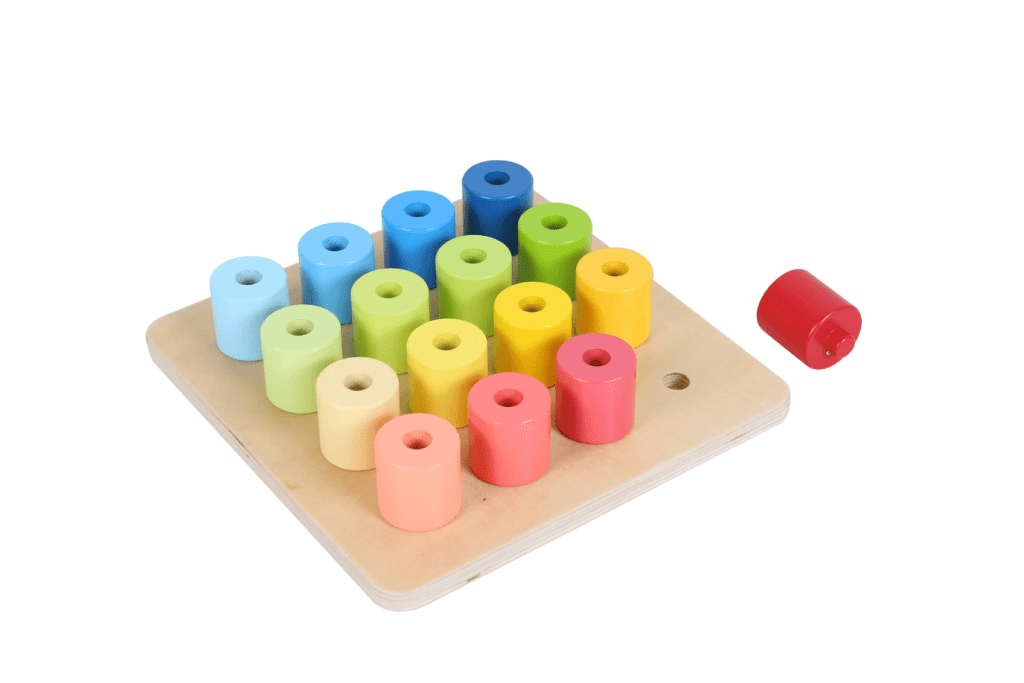
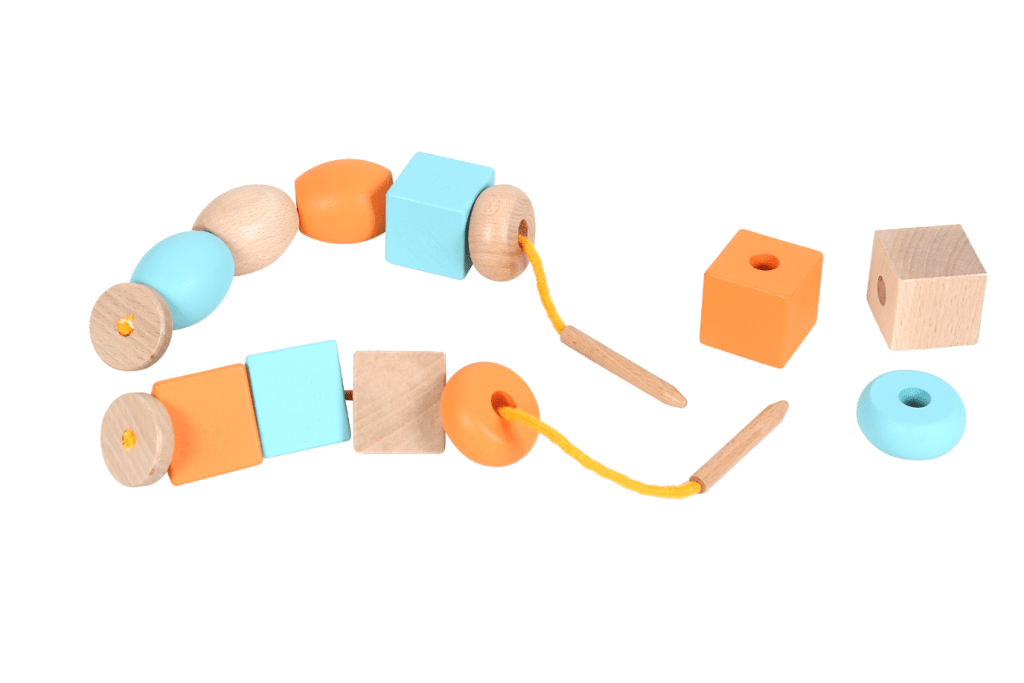
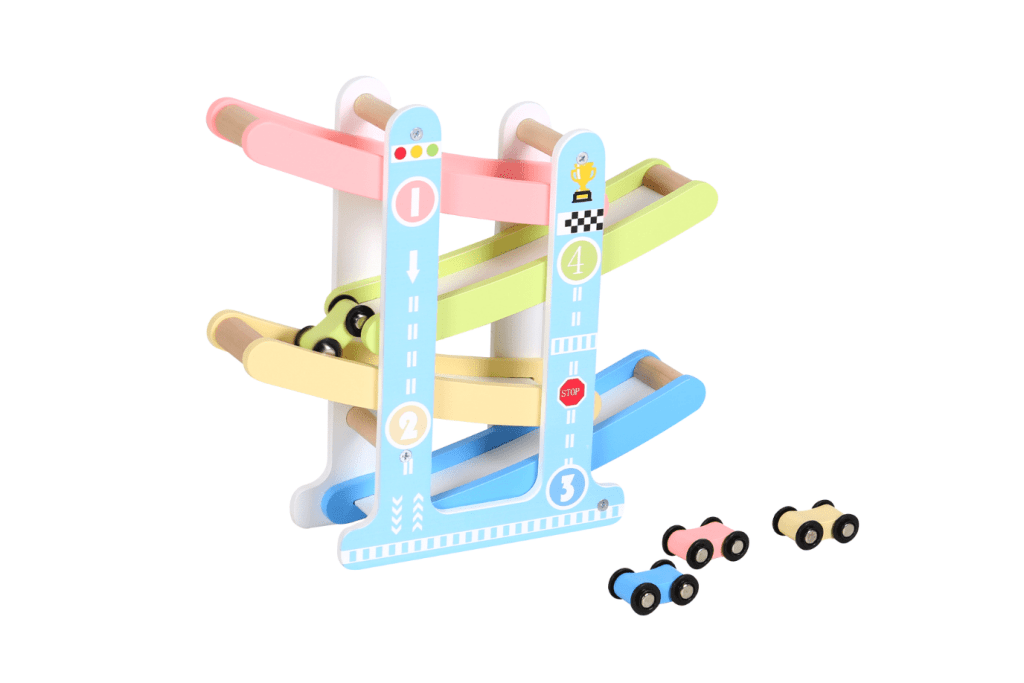
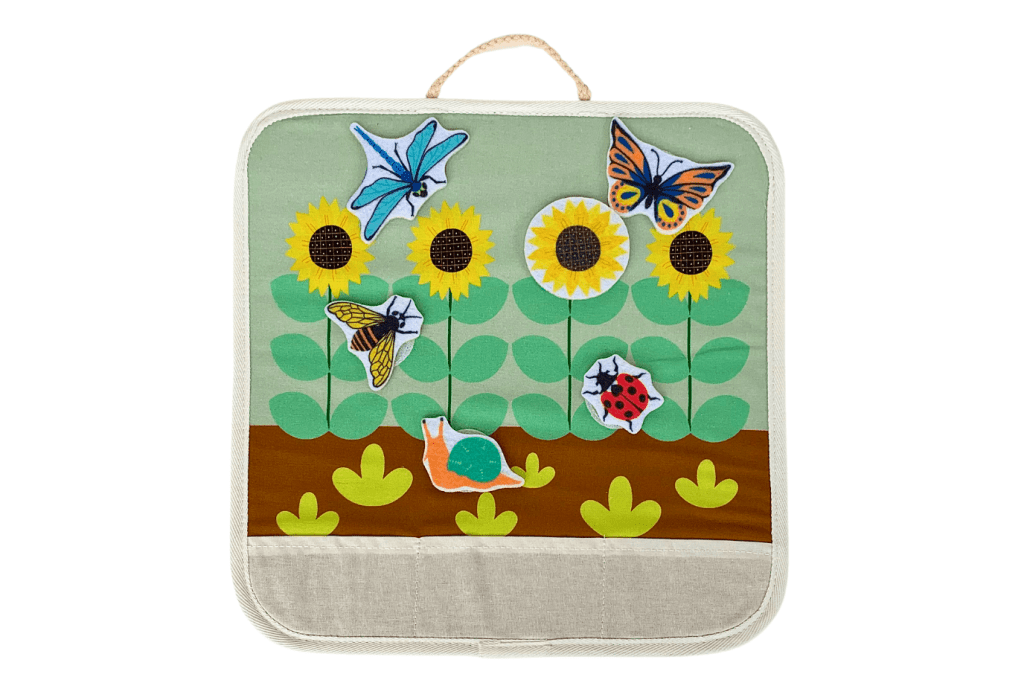
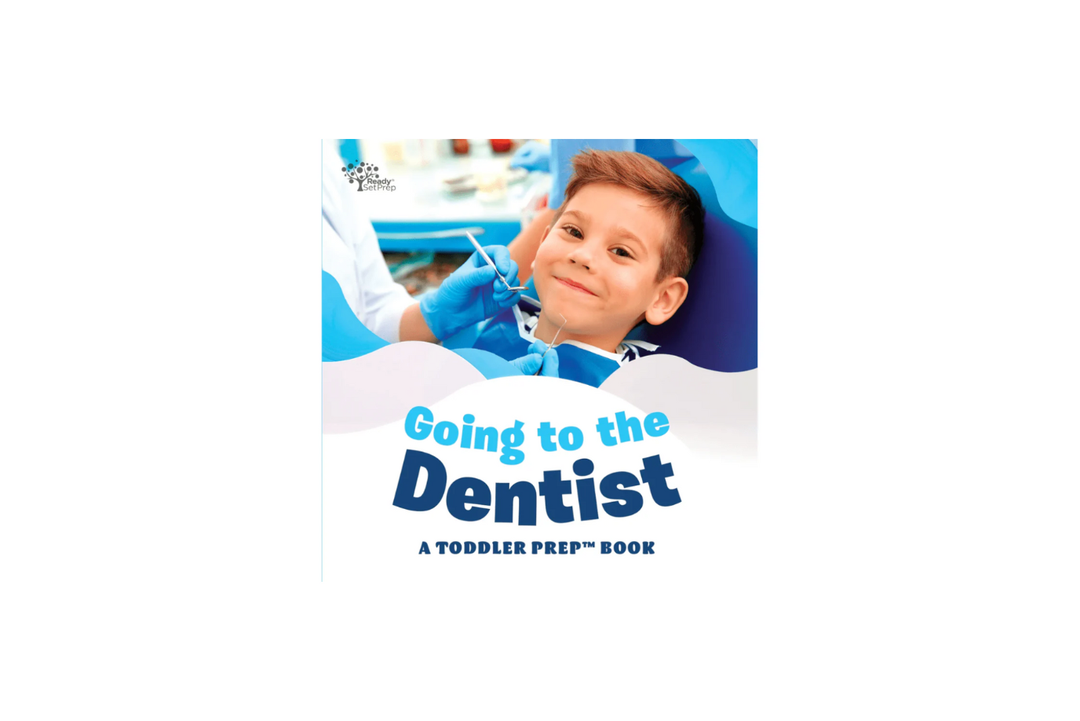
"This is the most fantastic place to purchase toys, furniture, and anything else you could need for thoughtful play. " -Maze Kadish
This Montessori Box is ideal for parents who want to introduce Montessori into the home in the early years.
Each piece is designed to support a child's development from 12 -18 months and includes instructions on why and how to introduce them to your child, written by an Infant Toddler Montessori (MACTE) teacher.
🇨🇦 FREE SHIPPING ACROSS CANADA 🇨🇦
Same day pick up available from Tuesday to Saturday.

Includes 8 Learning Materials Designed To Support Your Child's Development

This box of learning materials is designed to support your child's development from approximately 12 to 18 months and beyond.
-
5 Circles Knob Puzzle helps to develop hand-eye coordination, visual discrimination skills and the pincer grasp (thumb and index finger). Puzzles are an excellent toy for developing independent play skills too.
-
Wooden Box with 2 Lids is 2 activities in 1! The carrot lid helps to develop hand-eye coordination and problem-solving skills. The coin lid refines hand-eye coordination and the pincer grasp due to the thin slot and wooden coins.
-
Fruit Puzzle adds a new challenge to the previous puzzle in this box by introducing irregular shapes. This continues to develop and refine their visual discrimination skills. This puzzle can also be used to develop language skills and enrich vocabulary as the child learns the names of the different fruits.
-
Wooden Peg Board includes 16 colourful wooden pegs. Manipulating the pegs develops and refines fine motor skills, hand-eye coordination and manual dexterity. The pegs can be stacked on top of one another to create a tower, adding a new way to explore!
-
Bead Stringing strengthens fine motor skills and manual dexterity. Both hands are working together. Holding the end of the lead helps to strengthen the pincer grasp and stringing the beads helps to develop concentration skills.
-
Slide Car Racing is a fun and engaging toy that helps to develop visual tracking skills, logic, i.e. learning to anticipate the path of an object and gross motor skills.
-
Felt Insect Board helps to develop language skills and imagination. The insects are realistically designed, providing the child with an accurate picture of each insect so they can begin to recognize these insects out in the natural world.
-
BOOK - Going to the Dentist helps to prepare children for what to expect during a dentist visit. Introduces children to different tools that may be used, what a dentist’s office typically looks like, etc. using real photographs.
🇨🇦 Canadian Parents Love Us 🇨🇦
“"The Montessori Room curates the most beautiful children’s toys. Highly recommend!"”
"The Montessori Room curates the most beautiful children’s toys. I have now ordered or referred friends to the site a few times and every experience has been a positive one. I really appreciate their carefully selected collection and emphasis on sourcing Canadian-made products. The four car pull train is such a hit with our niece and nephew and will, no doubt, be in the mix for a long time! Great customer service, too. Highly recommend!"
—Jennifer Gleed
"I bought the Munari mobile and the tummy time animal cards and my baby loves them."
"Great selection of items! I bought the Munari mobile and the tummy time animal cards and my baby loves them. Excellent customer service."
—Diana Ojeda
"It has saved us during lockdown!!! They both play with it daily and love it!"
"We purchased the winter bundle (pikler triangle and rocker) for my two kids ,who are 18months and 4 years old, this winter and it has saved us during lockdown!!! They both play with it daily and love it!
The customer service is also amazing. They answered all my questions in a prompt manner and the women working there are super friendly! Highly recommend buying toys there!"
— Jessica Berman
“The highest quality items for your children!”
"It always feels great to order from a company that works hard to ensure the highest quality items for your children! Their products are so well researched, their staff are so knowledgeable and know how to run a great business!"
—Maze Kadish
Why Choose A Montessori Approach To Parenting?
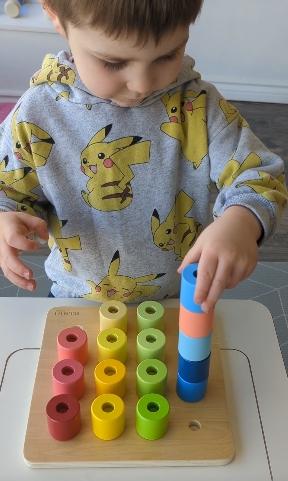
A Montessori approach is an amazing way to help children develop:
-
Natural curiosity about the world
-
Love of learning
-
Independence
-
Confidence
-
Critical thinking skills
And it does this in a few simple ways:
1. Less Is More
“The child who concentrates is immensely happy.” - Dr. Maria Montessori, The Absorbent Mind
While some Montessori materials can be expensive, the beautiful thing about Montessori is that less is more. This allows you to invest in fewer high quality items instead of piles of plastic toys.
Maria Montessori and other researchers have found that children learn through repetition. Performing the same actions over and over help establish neural connections, cementing a concept in a child's brain.
To encourage repetition and keep the play space feeling less overwhelming, you can setup a Montessori shelf with a limited amount of activities:
-
For infants (under 12 months): place 1-3 toys on the shelf at a time
-
For toddlers (12 months and up): place 3-6 toys on the shelf at a time
You can also encourage your child to choose just one activity or toy at a time, placing it back in its place before choosing a new activity. This helps children focus and prevents them from becoming overwhelmed by a room cluttered with toys all over the ground.
2. Follow Your Child's Interests
This concept is so simple but it helps your child develop a true love of learning. If your child shows interest in something, whether it be birds, the beach, or even ice cream, provide them with opportunities to explore that interest.
Don't feel the pressure to create the perfect Montessori-themed shelf for every interest. This can be time-consuming to regularly organize. As parents, we already have so much on our plate!
It can be as simple as getting books from the library on the topic, exploring the topic out in the world (i.e. going for a walk to look for different kinds of birds, taking binoculars and a bird identification book along), printing out some information on the topic from the internet and talking about it, or doing a simple craft related to that topic.
For babies and young children, it can be as simple as giving your child the freedom and time to explore. Dr. Montessori observed that children 0-6 are “sensorial explorers”, which means they want and need to explore the world with their senses.
When they’re under 3, these “interests” will more likely be the development of different fine and gross motor skills - stacking things, climbing, nesting objects into one another, etc. When you notice their interest in a certain movement, simply provide more opportunity for that movement.
For instance, if they are regularly using a set of nesting cups, offer sets of tupperware that fit into each other or pots, if they’re strong enough to lift them.


3. Teach Care For the Environment
Montessori believed that a child's environment is a key component to learning. Yes, there are more strict ways to set up Montessori in your home but if you're just getting started, don't stress about the details.
What's important is that your child learns to respect and care for their things and the things in their environment.
This can simply be reminding them to handle their toys with care, watering the plants, cleaning up after a meal, or making their bed.
4. Sit On Your Hands
This one is so simple. It means don’t intervene until your child asks for help or becomes overly frustrated, once you’ve modelled or demonstrated a skill.
This gives them the opportunity to become more independent and enjoy the satisfaction of doing something for themselves.
I will warn you though, it sounds simple but it’s actually quite hard in practice!
With kids and busy schedules it can be easy to jump in and do things for them - dress them, make their plate of food, and clean up their messes - but there's so much to be gained by allowing children to do things for themselves.
Next time your child is working on a task, whether it’s your infant reaching for a toy or your toddler putting on their shoes, simply sit on your hands or count to 10 in your head. Wait to intervene until they become visibly frustrated or ask for help.
Frequently Asked Questions
-
This box was put together by Laura Berthiaume, owner of The Montessori Room and Montessori Parent, and Katie Lannaman, an Infant Toddler Montessori (MACTE) teacher and RECE. The write-ups for each material were written by Katie, following the method in which they would be used in the classroom.
-
We've included a short write-up for each item in the box, including the benefits for each item, as well as instructions for when and how to introduce each item.
-
All of the learning materials in this box are made with water based finish, paint or dyes.
All of the materials in this box are thoroughly safety tested and meet ASTM standards for this age group.